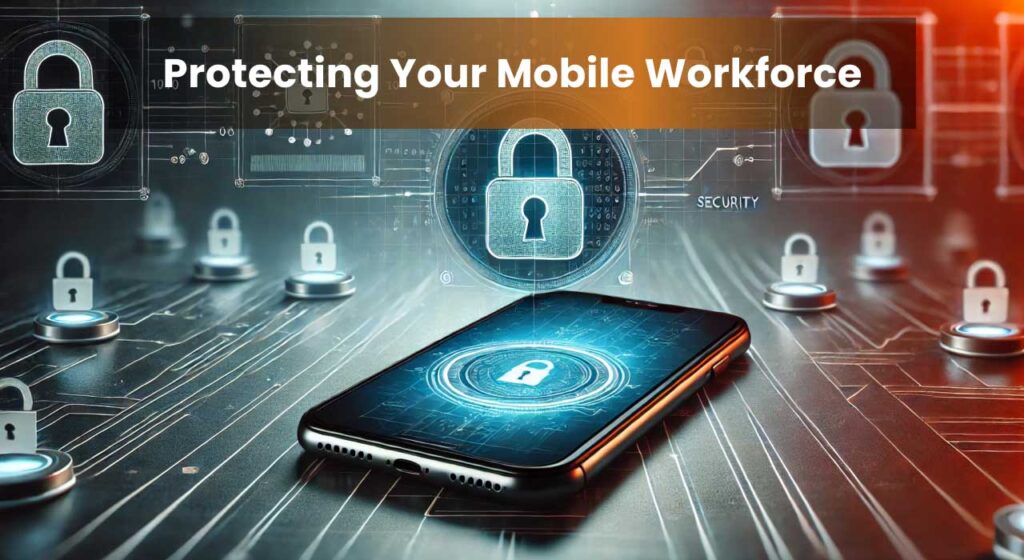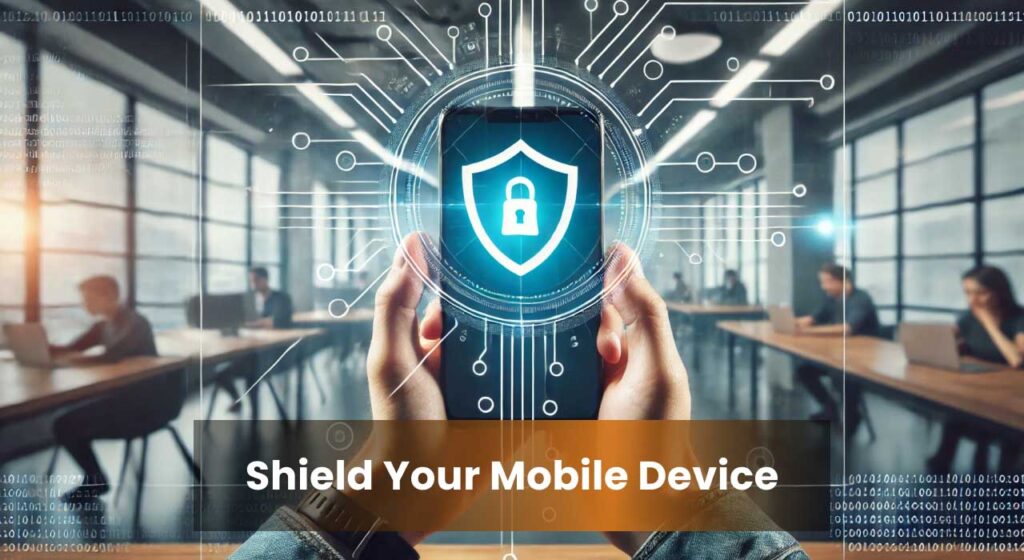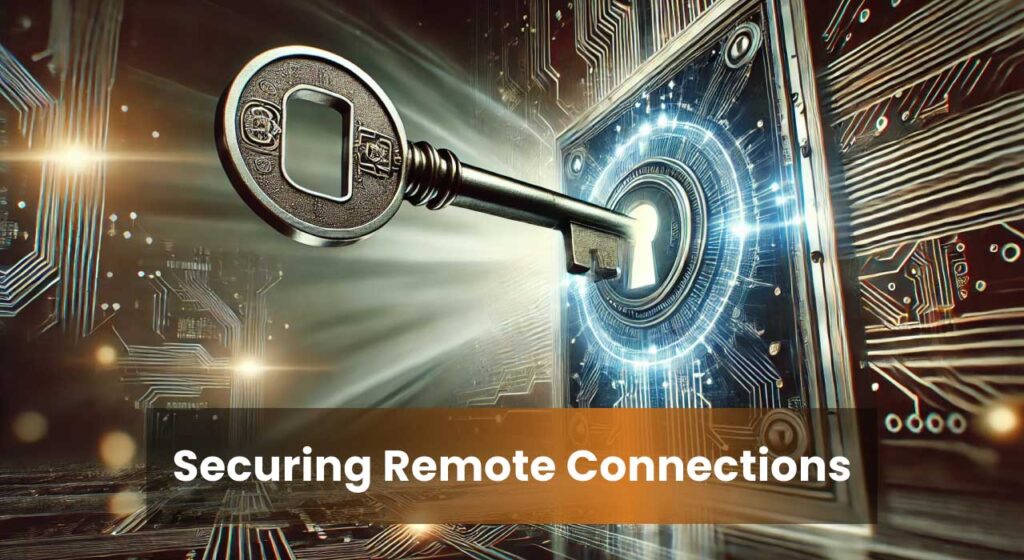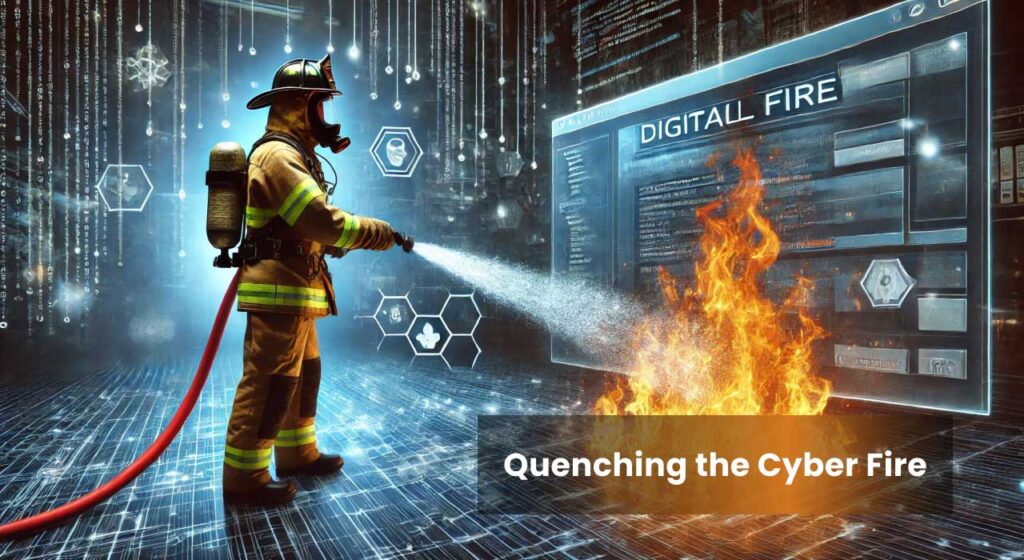
Mobile work refers to employment where individuals perform their job functions primarily outside of a traditional office setting, often utilizing portable technology. Remote work, a broader term, encompasses work performed from locations other than the employer’s primary place of business, whether this is a home office, a co-working space, or any other external location.
The UAE has witnessed a substantial surge in the adoption of mobile and remote work models in recent years. This shift is primarily driven by technological advancements, economic diversification efforts, and a desire for enhanced work-life balance. However, this paradigm shift has introduced a new set of challenges for businesses, particularly in the realm of cybersecurity.
As the boundaries of the traditional workplace dissolve, so too do the perimeters of network security. The proliferation of mobile devices, coupled with the reliance on remote connections, has created a significantly expanded attack surface for cybercriminals. This article will delve into the specific cybersecurity threats confronting UAE-based businesses operating in this new work landscape, and offer actionable recommendations to mitigate these risks.
The Rise of Mobile and Remote Work in the UAE

The UAE has experienced a rapid acceleration in the adoption of mobile and remote work models, catalyzed by a confluence of economic and social factors. The nation’s strategic pivot towards a knowledge-based economy, coupled with its robust digital infrastructure, has fostered an environment conducive to remote work. Furthermore, the UAE’s commitment to enhancing its global competitiveness has necessitated the exploration of flexible work arrangements to attract and retain top talent.
Recent studies indicated a substantial increase in remote work adoption among UAE businesses in recent years. This trend is projected to continue as the country further embraces technological advancements and digital transformation. While the COVID-19 pandemic acted as a catalyst for remote work adoption globally, the UAE’s pre-existing digital infrastructure and supportive regulatory environment enabled a smoother transition compared to many other nations.
Beyond economic imperatives, the UAE’s focus on improving quality of life has also driven the growth of remote work. By offering flexible work arrangements, businesses can enhance employee satisfaction, reduce commuting time, and contribute to a better work-life balance. Moreover, remote work can lead to increased productivity, cost savings, and access to a broader talent pool.
Understanding the Cybersecurity Landscape

Cybersecurity, in the context of business operations, encompasses the practices and technologies designed to safeguard an organization’s digital assets, including data, networks, systems, and applications, from cyberattacks. It involves a multifaceted approach to protect sensitive information, maintain business continuity, and uphold the organization’s reputation.
A cyberattack is a malicious attempt to breach the security of a computer system, network, or other digital resource. These attacks may include unauthorized data access, data theft, system disruption, and extortion. The potential consequences for businesses are severe, including financial losses, reputational damage, legal liabilities, and operational disruptions.
The decentralized nature of mobile and remote work environments introduces unique cybersecurity challenges. The expanded attack surface, coupled with increased reliance on personal devices and unsecured networks, renders organizations more vulnerable to a range of cyber threats.
Key Cybersecurity Risks in Mobile and Remote Work

The decentralized nature of mobile and remote work environments introduces unique cybersecurity challenges. The expanded attack surface, coupled with increased reliance on personal devices and unsecured networks, renders organizations more vulnerable to a range of cyber threats.
Data breaches pose a significant risk to businesses operating in a mobile and remote work context. Sensitive customer information, intellectual property, and financial data can be compromised through unauthorized access to devices or cloud storage platforms. Phishing attacks, which involve deceptive emails or messages designed to trick users into revealing personal information or downloading malicious software, are particularly prevalent in remote work environments. Ransomware attacks, where cybercriminals encrypt a victim’s files and demand payment for decryption, can disrupt business operations and lead to substantial financial losses. Additionally, the loss or theft of mobile devices containing sensitive company data can expose organizations to significant risks.
These cyber threats can have far-reaching consequences for businesses. Data breaches can lead to financial losses, reputational damage, and legal liabilities. Phishing attacks can result in unauthorized access to systems, data theft, and financial fraud. Ransomware attacks can disrupt business operations, leading to productivity losses, revenue declines, and customer dissatisfaction. The loss of mobile devices can expose sensitive information, compromise intellectual property, and disrupt business continuity.
| Cyber Threat | Potential Consequences |
|---|---|
| Data Breach | Financial loss, reputational damage, legal liabilities, loss of customer trust |
| Phishing Attacks | Unauthorized access, data theft, financial fraud, reputational damage |
| Ransomware | Business disruption, financial loss, data loss, productivity loss |
| Device Loss or Theft | Data loss, intellectual property theft, reputational damage, financial loss |
Understanding the specific threats associated with mobile and remote work is crucial for developing effective cybersecurity strategies. By proactively addressing these risks, businesses can protect their assets, mitigate financial losses, and safeguard their reputation.
Best Practices for Securing Mobile Devices

Given the prevalence of mobile work, safeguarding mobile devices has become paramount for businesses. These devices often contain sensitive company data, making them prime targets for cyberattacks. Implementing robust security measures is essential to protect against data breaches and maintain operational continuity.
Essential security measures include the use of strong, unique passwords for device access and applications. Enabling device encryption safeguards data in case of loss or theft. Mobile Device Management (MDM) solutions provide centralized control over device configurations, application installations, and data protection policies. Keeping the device’s operating system and applications updated with the latest security patches is crucial to address vulnerabilities exploited by cybercriminals.
To further protect devices from malware and phishing attacks, employees should be trained to exercise caution when downloading apps from unfamiliar sources, clicking on suspicious links, or opening unsolicited attachments. Enabling device location services can facilitate remote tracking and wiping of lost or stolen devices.
Mobile Device Security Checklist
- Implement strong, unique passwords for device access and applications.
- Enable device encryption.
- Utilize Mobile Device Management (MDM) solutions.
- Maintain up-to-date operating system and application software.
- Exercise caution when downloading apps and opening attachments.
- Enable device location services for tracking and remote wiping.
- Regularly back up device data.
- Educate employees about mobile security best practices.
Securing Remote Access

Secure remote access is paramount for businesses operating in a distributed work environment. It enables authorized users to connect securely to internal networks and applications, while safeguarding sensitive data from unauthorized access.
Virtual Private Networks (VPNs) are commonly employed to establish secure, encrypted connections between remote devices and corporate networks. By creating a virtual tunnel, VPNs protect data transmission from interception. However, VPNs alone may not suffice for comprehensive security. Additional remote access technologies, such as Remote Desktop Protocol (RDP) and Secure Shell (SSH), can be utilized for specific use cases.
Implementing robust authentication methods is crucial to prevent unauthorized access. Strong, unique passwords, coupled with multi-factor authentication (MFA), provide an additional layer of security. MFA requires users to verify their identity through multiple factors, such as a password, biometric data, or a one-time code, significantly reducing the risk of unauthorized access.
To further enhance remote access security, organizations should regularly update remote access software and firmware. Endpoint security measures, including antivirus software and firewalls, should be enforced on all remote devices. Conducting regular security assessments and vulnerability scans can help identify and address potential weaknesses. By adopting a layered security approach and staying informed about emerging threats, businesses can effectively protect their remote access infrastructure.
Employee Education and Awareness

Employees function as the initial line of defense against cyber threats. Their vigilance and understanding of cybersecurity best practices are crucial for protecting an organization’s digital assets. Implementing comprehensive cybersecurity training and awareness programs is essential to foster a security-conscious culture within the workforce.
Regular cybersecurity training empowers employees to recognize and respond to potential threats. Effective training programs should cover a range of topics, including phishing, social engineering, and password hygiene. Phishing attacks, which often involve deceptive emails or messages, can lead to data breaches if not handled carefully. Social engineering tactics exploit human psychology to gain unauthorized access to systems or information. Strong, unique passwords are fundamental to account protection.
Cybersecurity awareness campaigns can significantly enhance an organization’s security posture. By promoting a culture of security, these initiatives can reduce the likelihood of human error and increase employee engagement in protecting company assets. Regular communication, interactive training modules, and simulated phishing exercises can reinforce key security principles and build a resilient workforce.
Incident Response Planning

A comprehensive incident response plan is essential for minimizing the impact of a cybersecurity breach. By outlining the steps to be taken in the event of a security incident, organizations can respond effectively, limit damage, and restore operations swiftly.
An effective incident response plan typically involves five key stages: identification, containment, eradication, recovery, and lessons learned. The identification phase focuses on detecting and recognizing a security incident. Containment entails isolating the impacted systems to prevent additional harm. Eradication aims to eliminate the threat and remove malicious code. Recovery focuses on restoring normal operations and recovering lost data. Finally, the lessons learned phase involves analyzing the incident to identify weaknesses and improve future response efforts.
Cybersecurity Assessment and Risk Management

Regular cybersecurity assessments are indispensable for maintaining a robust security posture. These evaluations provide a comprehensive overview of an organization’s security landscape, identifying vulnerabilities and potential threats. By understanding the organization’s risk profile, businesses can prioritize mitigation efforts and allocate resources effectively.
Risk assessment is a systematic process of identifying, analyzing, and evaluating potential threats to an organization’s assets. It involves assessing the likelihood of a threat occurring and the potential impact of such an event. By quantifying risks, organizations can prioritize mitigation strategies and make informed decisions about resource allocation.
When selecting a cybersecurity assessment provider, it is essential to consider factors such as expertise, experience, certifications, and the scope of services offered. A reputable provider will possess a deep understanding of the evolving threat landscape and can tailor assessment methodologies to meet specific organizational needs.
Several cybersecurity assessment methodologies exist, each with its strengths and weaknesses. Vulnerability assessments identify weaknesses in systems and applications. Penetration testing replicates real-world attacks to identify exploitable vulnerabilities. Risk assessments evaluate the likelihood and impact of potential threats. Compliance audits assess adherence to industry standards and regulations. By combining these methodologies, organizations can gain a comprehensive understanding of their security posture.
Cybersecurity Tools and Technologies
Technology plays a pivotal role in enhancing an organization’s cybersecurity posture. A range of tools and technologies can be deployed to protect against cyber threats. Firewalls function as the primary defense mechanism, filtering both incoming and outgoing network traffic. Intrusion detection systems monitor network traffic for malicious activity, while antivirus software safeguards devices against malware.
Selecting the appropriate cybersecurity solutions requires a careful evaluation of an organization’s specific needs, size, and industry. Factors such as budget, the complexity of IT infrastructure, and the level of risk tolerance should be considered. Consulting with cybersecurity experts can help identify the most suitable tools and technologies to protect an organization’s valuable assets.
Compliance with Cybersecurity Regulations
Adherence to cybersecurity regulations, such as those mandated by the UAE Cyber Security Council, is imperative for businesses operating within the UAE. These regulations establish a framework for safeguarding sensitive information, protecting critical infrastructure, and maintaining public trust. Non-compliance can result in severe financial penalties, reputational damage, and legal repercussions.
To ensure compliance, businesses should familiarize themselves with the specific regulations applicable to their industry and operations. The UAE Cyber Security Council’s website and other relevant government portals provide valuable resources and guidance. By prioritizing regulatory compliance, organizations can mitigate risks, enhance their security posture, and demonstrate a commitment to responsible data management.
For a more in-depth look at how AI can revolutionize your small business’s cybersecurity, check out our comprehensive guide:“Using AI to Enhance Threat Detection and Response in Small Businesses”
The proliferation of mobile and remote work has introduced a complex cybersecurity landscape for businesses in the UAE. To mitigate the associated risks, organizations must prioritize a multi-faceted approach encompassing employee education, secure remote access, robust mobile device management, and comprehensive incident response planning. Regular cybersecurity assessments and risk management are essential for identifying vulnerabilities and implementing effective countermeasures. By investing in cybersecurity tools, technologies, and compliance initiatives, businesses can safeguard their assets, protect their reputation, and build resilience against cyber threats.
Categorized in:
Comments